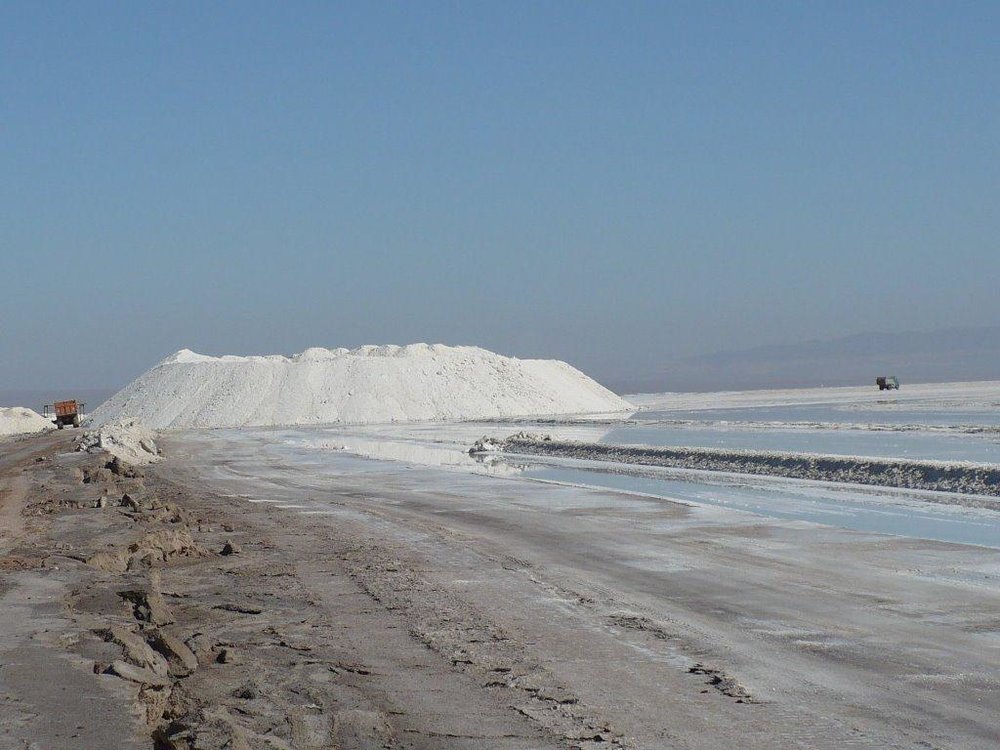Dried up wetlands major cause of SDSs in Tehran

TEHRAN – The drought-ridden wetlands around Tehran province are the major hotspots giving rise to sand and dust storms (SDSs) in the capital, deputy environment chief Masoud Tajrishi has said.
Some wetlands around provinces of Tehran and Qom have been dried due to drainage or lack of rainfall which resulted in total disappearance of plant species and severe soil erosion, Tajrishi said, YJC reported on Sunday.
“Namak Lake located in [the central] Qom province, is not an SDS hotspot due its salt crystals which are resistant to wind,” he said.
He also noted that overgrazing is another main cause of depleting rangeland vegetation in pastures which also leads to dust generation.
All dry wetlands and pastures were identified in 31 provinces of the country, he said, adding that a two-year restoration plan has been assigned to each provincial [department of environment].
These drained wetlands known as main hotspots of SDS must be managed for the next 3-4 years, but regarding their vastness covering 18 million hectares of land area, the restoration process including shredding, mulching or planting, takes longer to go into effect, he concluded.
Earlier in June, Masoud Baqerzadeh, the deputy environment chief for the wetlands, said there are some 105 wetlands in Iran, stretching over 3 million hectares of lands; about 1.3 million hectares of these wetlands are affected by drought, which led to the total dryness of some 60 wetlands, ILNA reported.
FB/MQ/MG
